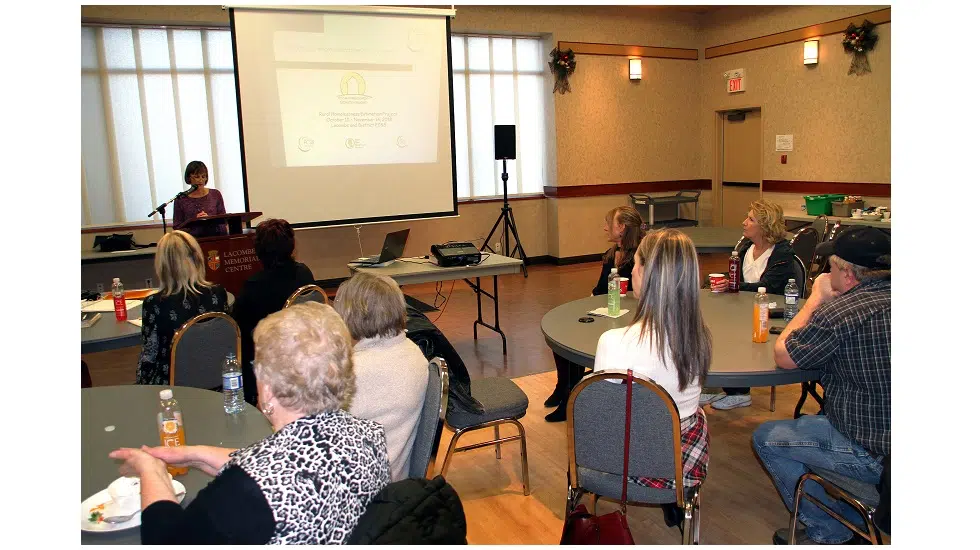
Shining a light on homelessness in Lacombe and area
Lacombe and District Family and Community Support Services (FCSS) has released preliminary results of a survey that looks at the extent of homelessness across rural Alberta.
The count includes 21 Alberta communities and is one of the largest projects to collect rural homelessness data in the world, providing data on each community as well as a needs’ snapshot of the kind of social services being accessed in each.
Susan MacDonald, Executive Director for Lacombe and District FCSS says their count covered the City of Lacombe, Village of Clive and rural areas surrounding those communities.
According to their survey results, roughly 91 individuals were either found to be homeless or at-risk of being homeless during the count conducted between October 14 and November 15 of this year.


